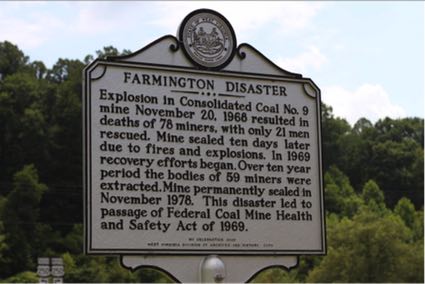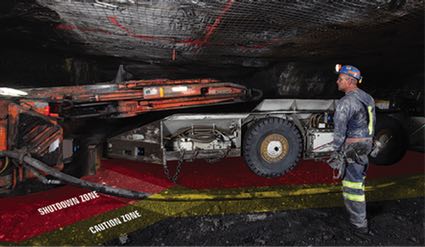
â€
Enhancing Mine Safety Through Proximity Detection Technology
Mining is one of the most dangerous industries in the world, with workers constantly exposed to life-threatening conditions. Whether it’s a surface mine filled with massive machinery or an underground operation with limited visibility, the risk of accidents remains high. In fact, data from the CDC’s Office of Mine Safety and Health Research shows that over 40% of serious injuries and fatalities between 2000 and 2007 were caused by collisions, pinning, crushing, or striking incidents. This alarming statistic has led the Mine Safety and Health Administration (MSHA) to take action.
As part of its ongoing efforts to improve safety, MSHA has proposed new rules requiring the installation of Proximity Detection Systems on continuous mining machines. These systems use advanced technologies like radar, sonar, GPS, and cameras to detect people or objects near heavy equipment. When a worker enters a danger zone, the system alerts the operator and can automatically shut down the machine to prevent accidents. While these systems are already being used in mines around the globe, MSHA’s current approval process focuses more on fire and explosion prevention than on actual performance and reliability.
Despite significant improvements in safety standards over the years, mining remains a high-risk profession. According to the Office of Mine Safety and Health Research:
- Three to four people still die each year due to collisions or falling off unseen edges at surface mines.
- Since 1984, 33 miners have been killed in accidents involving continuous mining machines.
- A properly functioning proximity detection system could have prevented 80% of these deaths.
- MSHA estimates that such technology could reduce mining-related fatalities by up to 20%.
The implementation of these systems is not just a regulatory requirement—it’s a critical step toward making mining safer for everyone involved. Companies like HJ3 are also playing their part by developing cutting-edge materials and structural solutions that support safer working environments. As technology continues to evolve, the dream of eliminating mining accidents becomes more achievable every day.
â€

â€
â€
Stamping parts are metal or plastic components that are produced by stamping or pressing a sheet of material with a die. This process involves the use of a stamping press, which applies pressure to the material to shape it into the desired form. Stamping parts are used in a wide range of industries, including automotive, aerospace, construction, and electronics. Some common examples of stamping parts include brackets, clips, connectors, hinges, and terminals. The advantages of stamping parts include high production efficiency, low cost, and the ability to produce complex shapes and designs.
Stamping Parts,Galvanized Steel Sheet,Thin Sheet Metal,Metal Sheet Stamping Parts
Suzhou Gold ant Precision Sheet Metal Co.,Ltd , https://www.jmysheetmetal.com
![<?echo $_SERVER['SERVER_NAME'];?>](/template/twentyseventeen/skin/images/header.jpg)